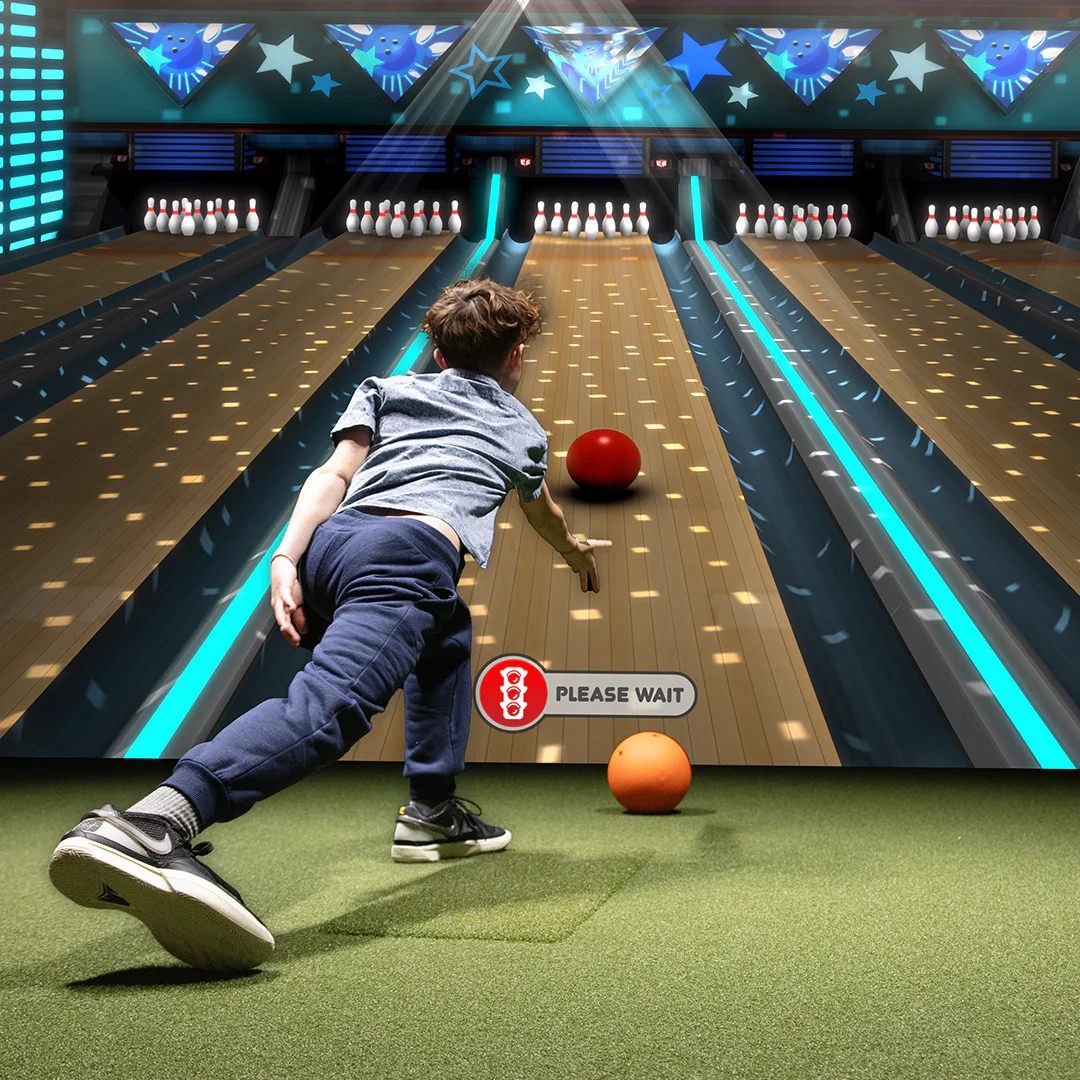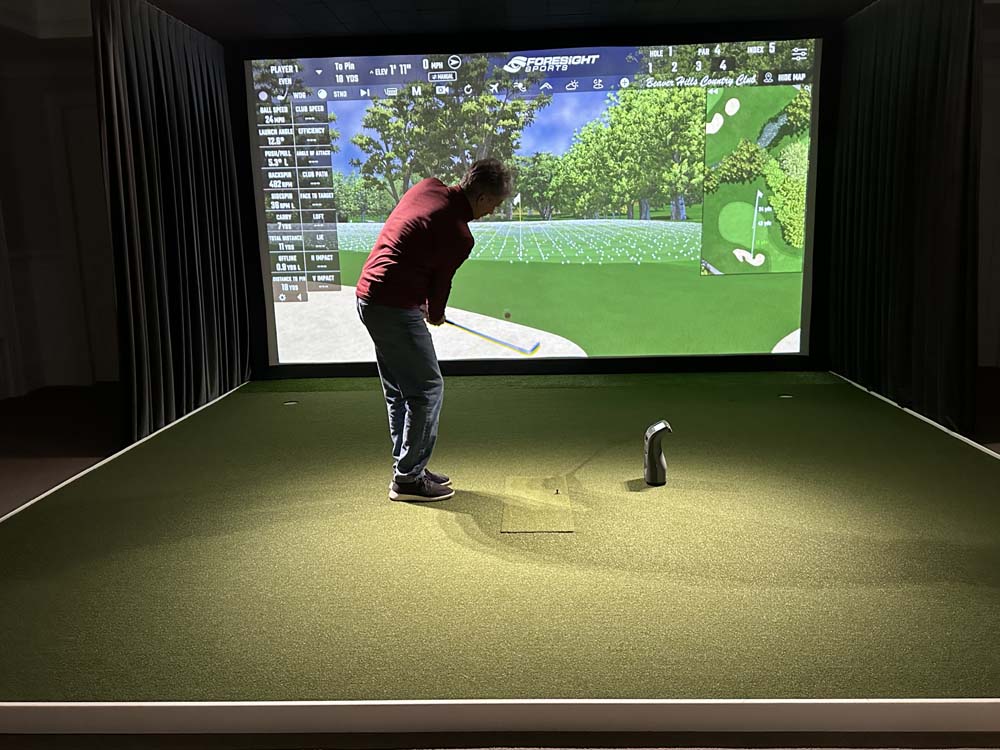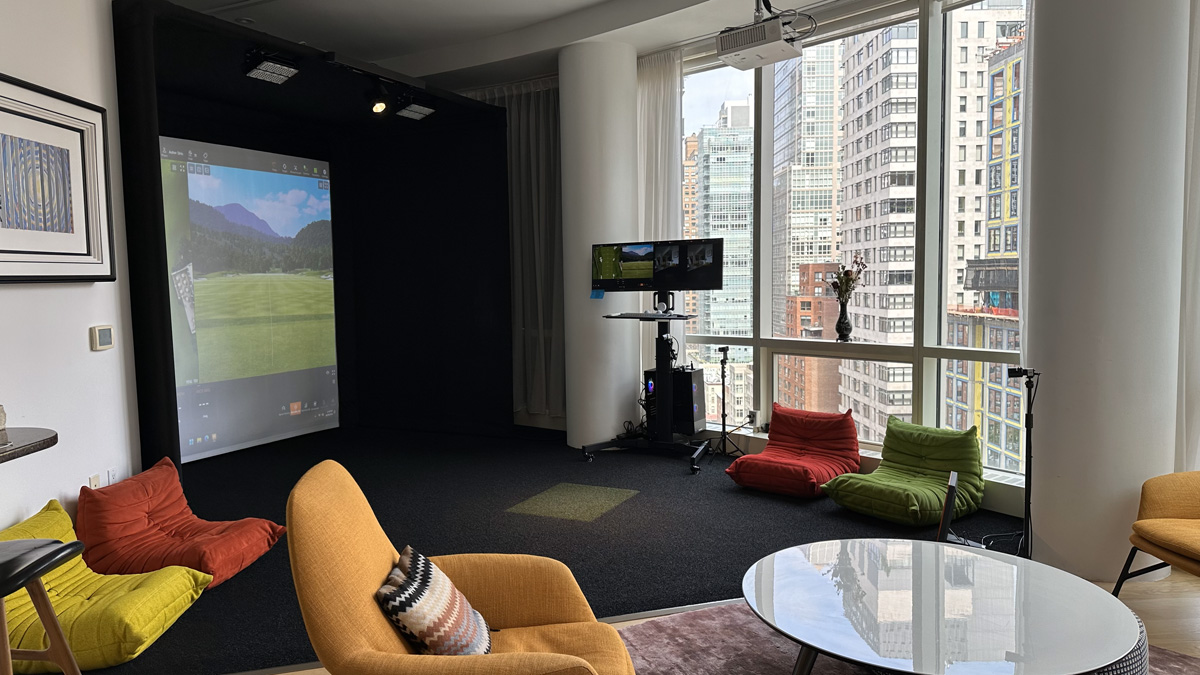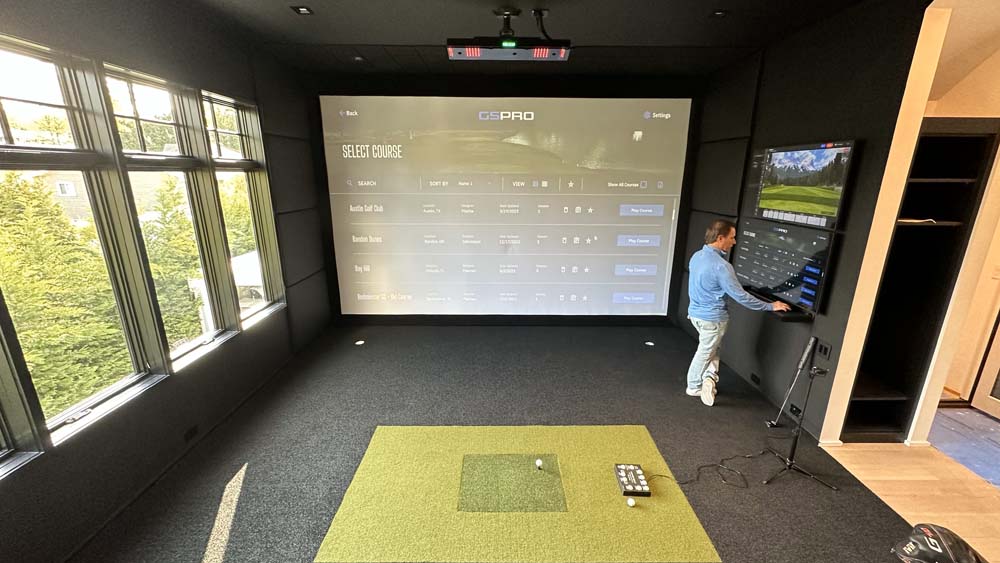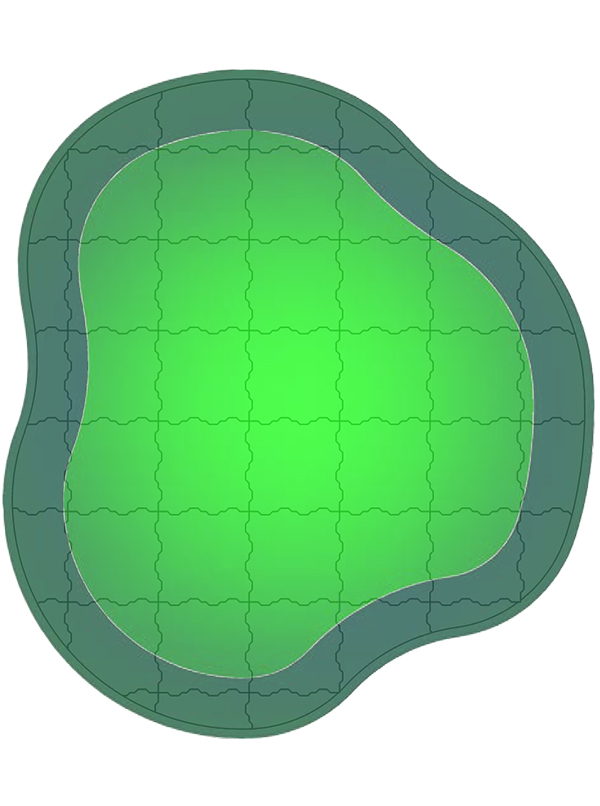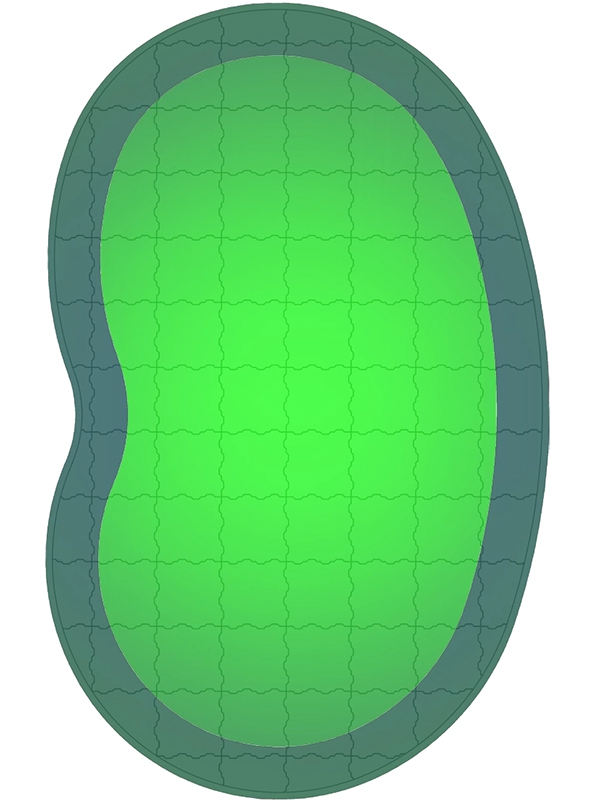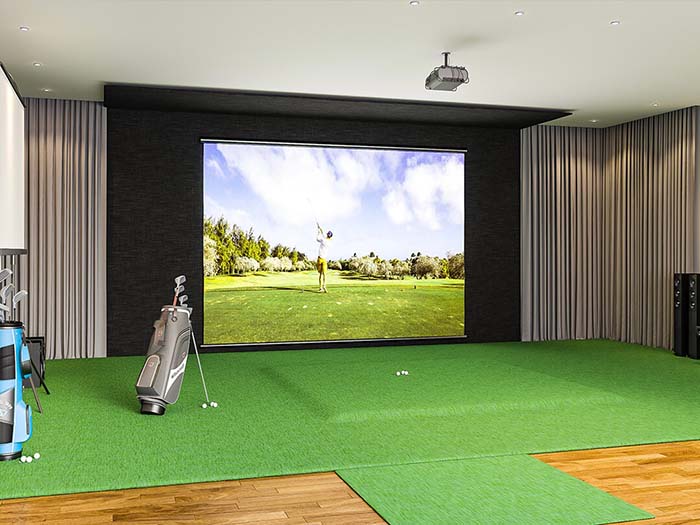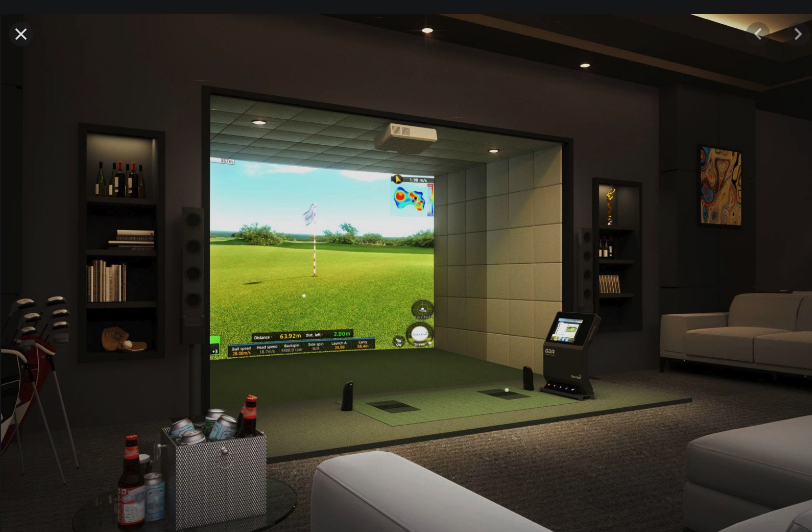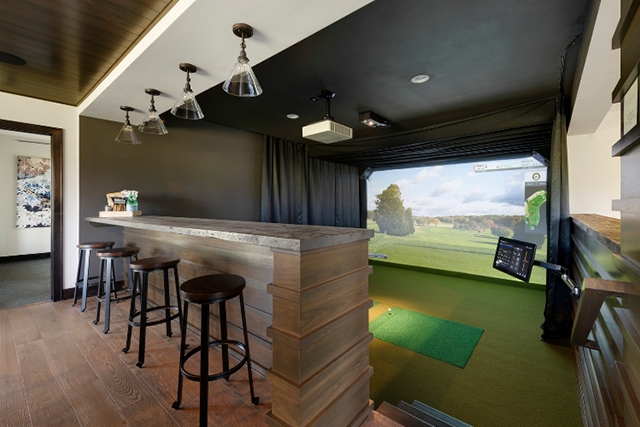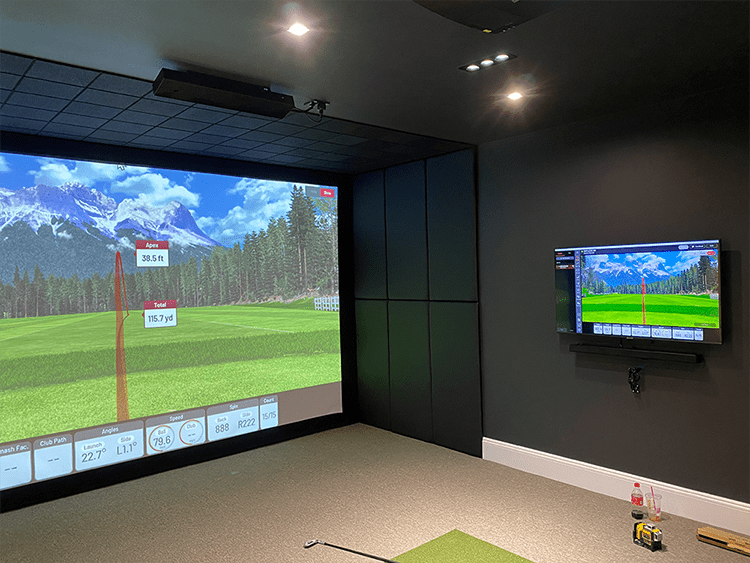Golf Simulator Blog
Free tips & advice for your home golf simulator

Using Golf Simulators to Perfect Your Swing
Understanding the benefits of analyzing your golf swing can lead to improved accuracy, consistency, and overall performance. Modern golf simulators are equipped with advanced technologies that provide detailed insights into your swing, making them a valuable tool for any golfer looking to enhance their game.
How Does a Golf Simulator Work?
A golf simulator uses a combination of hardware and software to recreate a realistic golfing experience indoors. The main components typically include a launch monitor with high-speed cameras, infrared sensors, or radar systems that track the motion of the club and the ball. When you take a swing, these devices capture data points such as club speed, ball speed, launch angle, and spin rate. The data is then processed by the simulator’s software to provide real-time feedback and visual representation of the shot on a screen. This technology allows for accurate measurement and analysis of your swing, enabling you to make data-driven improvements.
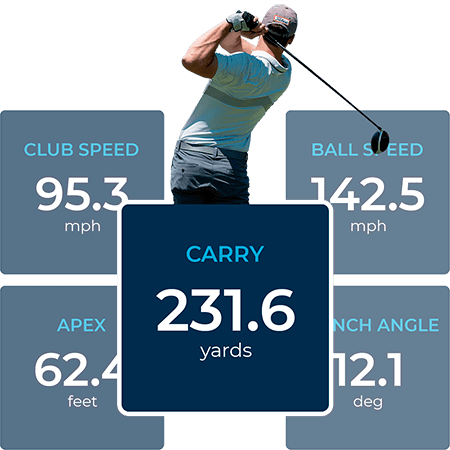
Key Metrics to Analyze
When using a golf simulator for swing analysis, several key metrics are crucial to understand:
- Club Speed: Measures the speed of your club at impact. Higher speeds often lead to greater distance. Knowing your club speed can help you adjust your swing to maximize distance.
- Ball Speed: Indicates the speed of the ball as it leaves the clubface, correlating with distance and power. Higher ball speed usually means the ball will travel further.
- Launch Angle: The angle at which the ball leaves the clubface, influencing trajectory and distance. The right launch angle can help optimize your ball flight and distance.
- Spin Rate: The amount of spin on the ball, affecting its flight and roll. Too much spin can cause the ball to rise too quickly and lose distance, while too little spin can cause the ball to fall short.
- Swing Path: Shows the direction the clubhead is moving during impact. This metric is crucial for understanding slices and hooks. A correct swing path can lead to straighter shots.
- Face Angle: Refers to the angle of the clubface at impact, determining the initial direction of the ball. An open or closed face can cause the ball to veer off course.
How to Use Data from a Golf Simulator
Start by recording your initial swing metrics to establish a baseline for comparison. Analyze these metrics to look for consistent patterns and trends in your swing data, which can help you identify strengths and weaknesses. Use the data to target specific aspects of your swing that need improvement, such as reducing a slice or increasing launch angle. Comparing your metrics with professional golfer averages can also provide valuable insights into areas where you can improve.
Practical Steps to Improve Your Swing
Implement targeted practice drills based on your swing analysis data. For example, you can focus on drills to increase club speed or improve your swing path. Regularly recording and reviewing your swing metrics will help you track improvements and make necessary adjustments. Utilizing the visual feedback provided by the simulator, such as swing videos and 3D models, can help you better understand your swing mechanics. Additionally, make data-driven decisions on equipment adjustments, such as changing the loft on your driver or switching to a different type of ball.
Increasing Club Speed with Speed Drills
Use your simulator to practice swinging with different clubs at maximum speed while maintaining balance and control. Track your club speed on the simulator and aim to gradually increase it over time. Focus on smooth, powerful swings and maintaining a consistent tempo.
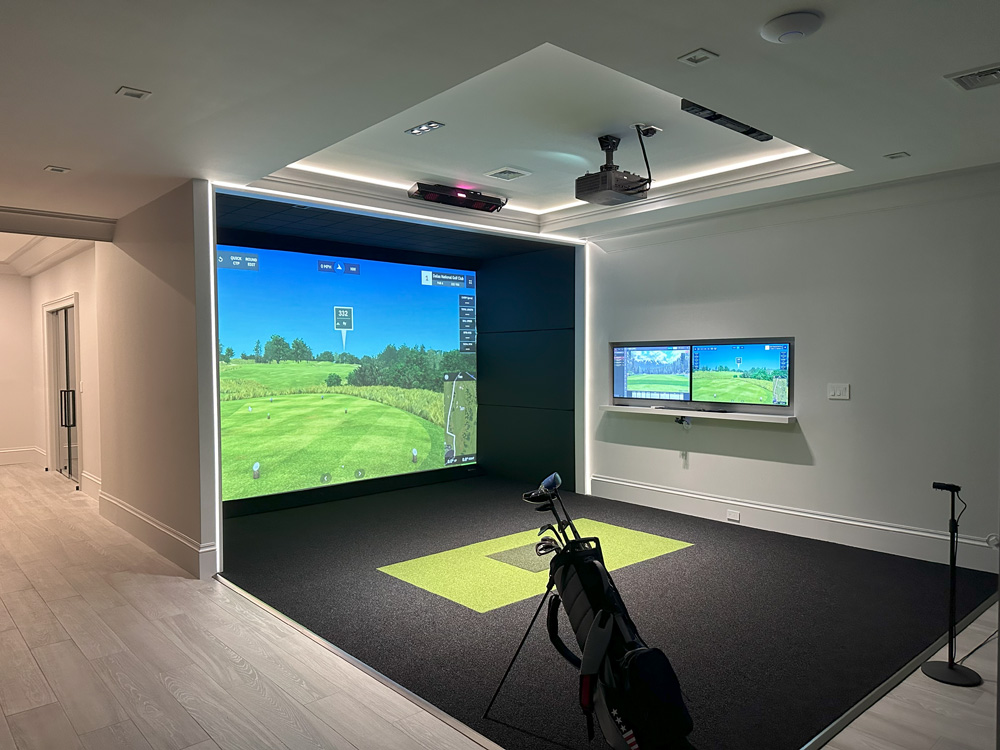
Improving Swing Path with Alignment Sticks
Set up alignment sticks on the ground in your simulator space to create a visual guide for your swing path. Practice swinging along this path, ensuring the clubhead follows the correct plane. This drill helps in reducing slices and hooks, leading to straighter shots.
Optimizing Launch Angle with Tee Height Adjustments
Experiment with different tee heights to find the optimal launch angle for your drives. Use your simulator to monitor the launch angle and adjust your setup and swing accordingly. This drill helps in achieving the ideal trajectory for maximum distance and control.
Enhancing Spin Control with Spin Rate Drills
Practice hitting shots with the goal of controlling the spin rate. Use your simulator to measure the spin rate and adjust your swing mechanics to achieve the desired amount of spin. This drill is particularly useful for mastering approach shots and controlling the ball on the green.

Advanced Techniques
Using video feedback from a camera installation can provide even deeper insights into your swing. Recording your swings from multiple angles allows you to see and analyze your swing mechanics in detail. This visual feedback, combined with the simulator data, can help you make more precise adjustments and improvements.
Conclusion
Continuous improvement is key to enhancing your golf game. Ongoing analysis and practice are essential for keeping your skills sharp. By fully utilizing your simulator’s capabilities for swing analysis, you can significantly enhance your performance and enjoy the game even more.


